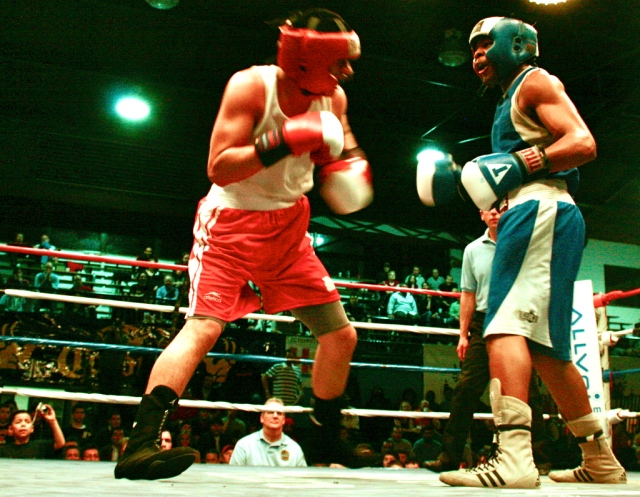Jungle image featuring dark, near-naked children paddling in a canoe ‘lacks cultural sensitivity’
Originally published in the Toronto Star
Some people will look at the picture and simply see curious children exploring a tropical habitat.
But the jungle-themed poster for the 2010 summer reading club is also attracting criticism mere weeks before its distribution to roughly 30,000 young users of the Toronto Public Library.
The debate hinges on whether or not visible minorities are poorly represented in the program’s showpiece, an illustration by award-winning artist Stéphane Jorisch.
“The people with darker skin are shown as in their ‘traditional’ state, with ‘traditional’ garb or little clothing at all,” said former club literacy worker Emily Burns. “The paler characters are dressed like tourists.”
Many noted the only black person, a woman wearing a colourful dress and big earrings, is not wearing a backpack or shoes like the other characters.
Others thought the near-naked children pictured in a canoe, which the artist described as little boys “in their native habitat,” looked like part of the scenery.
“The tapir and frog are especially endearing” said library blogger Catherine Raine, “but the images of the people in the jungle lack cultural sensitivity.”
The Montreal-based artist said the criticism was surprising.
“Everybody is entitled to what they think. I can’t decide for them,” he said. “I was trying to achieve something that the kids would enjoy. It’s as simple as that.”
Jorisch said the children in the canoe, wearing necklaces and loincloths, were meant to be “beautiful” and it would have been “uninteresting” to put the little boys in t-shirts and Adidas.
The black woman was “back where her ancestors came from” and she could have been in “native dress that can or cannot be from there.”
In past years, the reading club posters have featured less contentious themes, including secret agents, pirates, spaceships and superheroes.
“The jungle theme is dangerous,” said Adebe DeRango-Adem, a writer and former club member. “It seems to suggest that reading, as a means of exploration, is not in control of these indigenous and African groups.”
The TD-sponsored program will run in most major Canadian cities, and in every one of Toronto’s 99 library branches.
At the Albion Library in Rexdale, people wondered how the theme will be received in their multicultural neighbourhood.
Staff members declined to comment, but did discuss it with representatives from head office.
“Since this concern was raised, a number of meetings with staff have been convened,” said Anne Marie Aikins, the manager of corporate communications at the library.
Aikins said staff members openly addressed their concerns about the poster and the process of choosing images during the sessions.
Ken Setterington, the library’s advocate for child and youth services, was one of the representatives that met with Albion staff.
“It’s most upsetting that this illustration has upset some people,” said Setterington, who has worked on the annual project for 15 years, “but as soon as an issue is raised, what’s important is how we discuss it.”
But many are happy with the illustration, and think the jungle poster will simply do what past illustrations have done.
“Children will see the picture and be excited to read,” said Daniela Domfeh, a former library club member who has fond memories of the program. She said children won’t find anything but adventure in this year’s theme.
Mark Hughes, the Brampton-raised son of a librarian, was also a fan. He described the poster as “excellent” and “whimsical.”
Gregory Harrison, speaking for corporate sponsor TD Canada, said: “the artwork is consistent with the theme and it targets our key audience of children aged four to 13.”
Individual libraries will highlight relevant books and run jungle-inspired activities.
“I think that library workers need to be careful when planning events surrounding this theme,” said Burns, who is completing a master’s degree in library and information science.
She explained that the setting may be an awkward one, and that kids should be cautioned against “innocent” racism and stereotyping.
The conversation is far from over, as thousands more will see the image after the final bell rings.
“In a crazy way, this thing is thought-provoking,” said Jorisch. “It brings discussion.”

